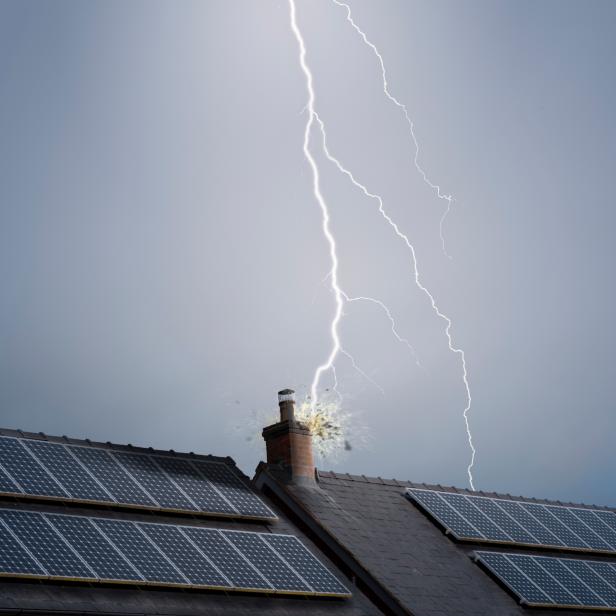
tbradford
Extreme Weather Tests the Durability of Solar and Wind Power
As category four Hurricane Ian swept across the Caribbean into south west Florida on 28 September 2022, knocking out Cuba’s electricity grid along the way, hundreds of thousands of homes were hit by flooding and power loss. In contrast, the solar-powered community of Babcock Ranch 24 miles to the north of coastal town Fort Myers survived intact.
More than 2.6 million customers in Florida lost power, but the lights stayed on in Babcock Ranch despite the destruction of nearby towns. Residents said that was partly due to their solar energy supply, with more than 700,000 panels installed in a solar array, as well as rooftop panels and home battery storage.
Winds did reach 100 mph, uprooting trees and ripping off roof tiles, but not the 150 mph gusts wrecking property in coastal areas. Residents said the town’s strategy of burying power and internet cables, and landscaping streets to channel storm water helped to minimize the hurricane’s effects.
Questions about the durability of solar power in extreme weather were answered in part by good planning and construction. But solar and wind energy appear to hold up well generally considering their exposure to storms, heatwaves, droughts, and other extremes.
Solar users reportedly did better than households using energy companies during Hurricane Ida in August 2021. The panels are designed to withstand wind speeds up to 150 mph. Hurricane-strength winds can damage racking, and falling debris can damage solar arrays, but solar paneling is tough.
National Renewable Energy Laboratory data shows that modern solar panels degrade at about 0.5 percent per year. After 20 years a solar panel is capable of producing around 90 percent of the electricity it produced when it was new. Temperature extremes of cold and heat are a slightly different story.
Heavy snowfall can cover photovoltaic cells and put panel supports under stress, so they are tilted to allow snow to slide off. Heatwaves can cause a loss of efficiency above 95 F (35 C), but the panels themselves can withstand temperatures up to 200 F (93 C). Record-breaking heatwaves in the western US, China, and Europe affected their efficiency but didn’t stop energy production.
Wind power is durable too, but turbines have limits unless they are weather-proofed. Controversy raged about frozen turbines during an icy spell in Texas in 2021 that took out gas and coal power stations causing blackouts. Properly winterized heated turbines can stop blades from freezing, meaning wind farms can operate in Arctic conditions.
Wind energy provided 12 percent of the US total electricity generation in 2021 and that share is growing rapidly. There is potential for wind generation to expand to more than 800 times its current level.
Onshore and offshore wind farms have to deal with extreme wind speed and turbines have a built-in survival mode where the blades ‘feather’ protect them from strong gusts.
Despite severe wind at sea, it is unusual for turbines to break and they have a 20-25 year life span. One study suggests that there is less than one in 10 chance that 10 percent of offshore turbines in tropical storm areas are destroyed by hurricanes over 20 years.
The Japanese are building new vertical axis turbines that can continue to generate during tropical storms and cost less to operate. While research from Stamford University shows that offshore wind farms could even tame hurricane winds before they reach the shore.
Renewable sources that are less affected by weather like geothermal, which uses Earth’s heat, and tidal – part of marine energy, including river and ocean currents, ocean thermals, and wave power – are potentially even more reliable. Marine energy investment is growing rapidly and large-scale generation projects could provide 2,300 terawatt-hours per year, more than half of the nation’s electricity.


















